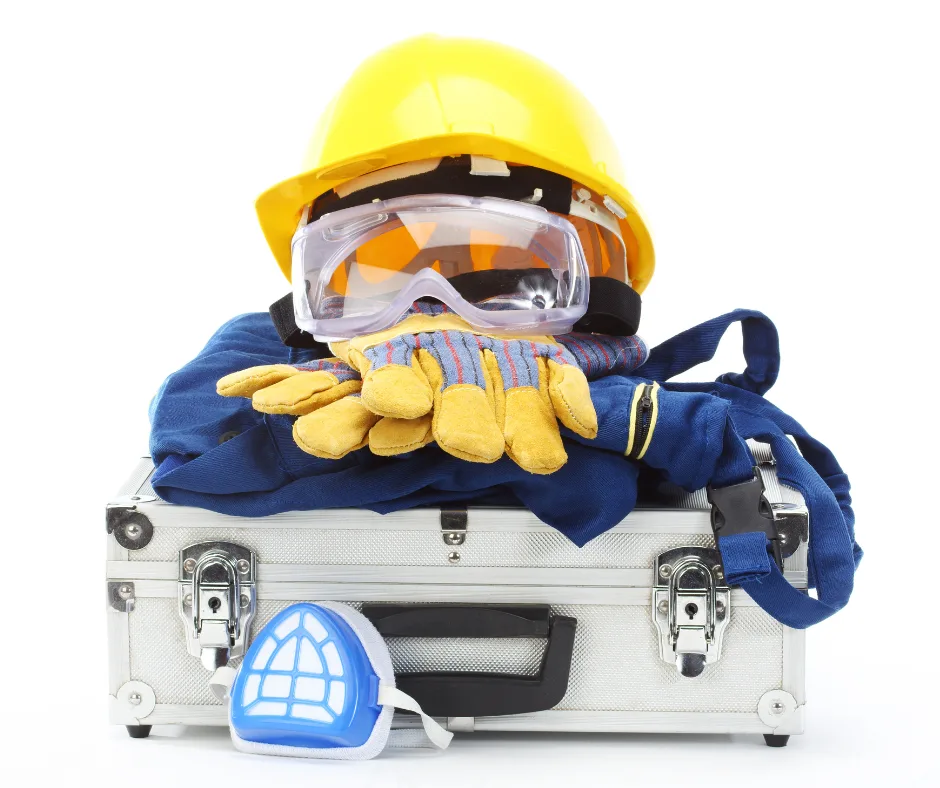Legislation on CPE and PPE

Collective protective equipment (CPE) reduces risks by addressing them at the source, ensuring the safety of all employees in the workplace (this is known as collective safety). Personal protective equipment (PPE), on the other hand, is intended to protect individual workers from potential harm when collective measures are insufficient.
Table of contents
The importance of proper use of CPE and PPE cannot be overstated. In many cases, lack of knowledge about the equipment leads to accidents. That’s why it’s essential that employers not only provide the right tools, but also ensure clear and understandable instructions for their use. Moreover, employees should be involved in selecting PPE to ensure it fits comfortably and provides effective protection. Involving end users significantly increases both acceptance and correct usage of the equipment.
Both CPE and PPE are part of the prevention hierarchy. Preference is given to CPE (such as guardrails, fall protection, barriers…) over PPE (such as helmets, safety glasses, hearing protection…).
Legislation and guidelines
What are the safety risks related to CPE and PPE?
- CPE: improper installation, poor maintenance, lack of signage, no instructions
- PPE: unsuitable gear, poor maintenance, worn-out equipment, incorrect use, insufficient training
In addition, a false sense of security may arise when workers rely on defective or poorly maintained equipment. This can lead to underestimating risks and more dangerous behavior. A common mistake is combining incompatible PPE — for example, wearing a helmet that doesn’t fit with hearing protection.
CPE and PPE must also be adapted to changing conditions, such as extreme temperatures or varying workstations.
Safety tips for CPE and PPE
- Training and education: to ensure correct use
- Instructions and supervision: how it works, how to use it, how to maintain and store it – employer’s responsibility
- Inspection of CPE and PPE: plan regular inspections and ensure efficient follow-up and certification
- Use of CPE and PPE: CE-marked, certified and compliant
- Risk analysis: To identify hazards and take appropriate measures.
- Compliance with legislation
Conclusion
Employers are legally obligated to create a safe working environment and must tailor protective measures to the specific risks employees are exposed to. The management hierarchy has a supervisory role. Employees are required to use the provided protection, which must always comply with European standards. The prevention hierarchy must be followed: eliminate the risk at its source, then apply CPE, and only as a last resort use PPE.
A regular maintenance schedule and an up-to-date inventory of available CPE and PPE are necessary to ensure effectiveness. Additionally, collecting feedback from employees about the usability of the equipment is wise and can inform future improvements. By treating safety as a dynamic and continuous process, companies can detect risks early and implement effective solutions.
For more information or specific questions, feel free to contact our team!
Looking for clarity?
Prevom has tailor-made solutions:
We will be happy to inform you about the possibilities!